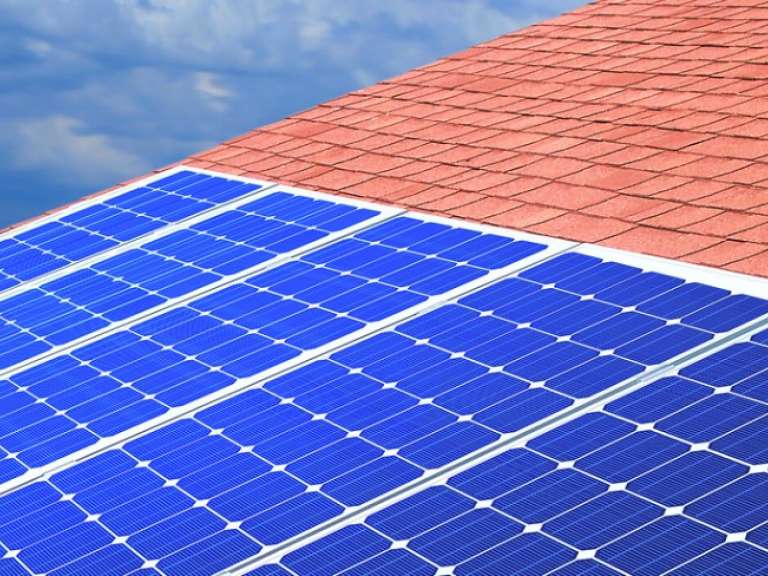Blockchain Technology Is Poised to Revolutionize Future Power Markets
Peter Kelly-DetwilerBlockchain technology has the potential to change the way we buy and sell power.

Blockchain technology has the potential to change the way we buy and sell power. Recently, there has been a good deal of discussion about the potential for blockchain technology to enhance power markets. There has been speculation that blockchain could facilitate the rapidly expanding ability of distributed assets on the power grid, to transact with the grid automatically, based on a network of hundreds or thousands of real-time geographically distributed prices. This process is referred to as transactive energy. Blockchain could also be used to facilitate and record automated power market transactions that occur without human intervention.
To better understand the potential benefits and challenges that blockchain offers, it's important to understand how it works. To buy or sell items in blockchain, you need a wallet with virtual currency that you can buy or create by mining. Bitcoin is a popular example of this. Your wallet has a unique identifier; each buyer and seller has one. Every transaction is unique, as well. When one user buys something from another—such as a block of power or solar credits—the transaction is recorded in a universally verifiable ledger.
Everybody involved in blockchain can see that the transaction took place, but not who the actors were, and the transaction cannot be altered after the fact. Every ten minutes, all transactions are irrevocably sealed, consolidated chronologically into a single block of the chain, and locked by a unique number created through the process of virtual currency mining. In order to do this, computers around the world race to consolidate the information and derive a unique number that seals off the block. The winner of this intensive "mining" process receives virtual currency.
Blockchain intrigues actors in power markets because of its high degree of security, low cost, and efficiency in instantaneously recording high volumes of transactions. Current power industry accounting systems, by contrast, are slow, expensive, centralized, and cumbersome.
In the rapidly emerging world of bidirectional power, blockchain could instantly record and time stamp any transactions with specific values. Thus, it could provide a record of real-time energy prices and amounts for every distributed asset from electric vehicles to solar panels and stationary storage. A pilot project in New York already facilitates peer-to-peer transactions of solar energy credits from rooftop producers to willing buyers, according to the New York Times. Currently, this only involves renewable credits, but it has the potential to support micro-grids of multiple users with resources including solar power, batteries, and energy-using devices.
Companies such as Price Waterhouse Coopers are examining the possibility that blockchain could serve as the foundation for "smart contracts" that base operations on preestablished rules. Each transaction would involve variables such as quantity, price, and specific time and location. While the technology is still not fully mature, PWC speculates that it might someday facilitate entirely new markets that account for emissions and guarantees of origin, as well as gas and power.
For its part, Deloitte suggests that blockchain may support existing wholesale energy markets, as well, and automated trading with limit prices embedded in systems that are constantly scanning for market opportunities. If conditions are met, executed trades would be automatically confirmed and recorded on blockchain. With gas or power, trades could be tied to delivery (via pipelines or power lines), and settlements would occur with minimal delays. The critical distinction, compared with today, is that all contracts would reside in a decentralized and universally accessible system. However, the identities of the actors in the trade would only be known to the actual participants. No intermediary party would be required, as each transaction would only be recorded once.
In theory, this could make gas and power markets more efficient by avoiding duplication and making settlement processes faster and simpler. Currently, settlements are time-consuming, costly, and occasionally fraught with error.
Blockchain might also support the evolution of new models of producing and delivering power in transactive energy markets, such as the Reforming Our Energy Vision (REV) project in New York. Taken to its extreme, REV will put the utility at the center of an enormous number of transactions taking place hourly across the grid. Every electric vehicle, battery, solar panel, building controls system, or other connected smart asset on the grid could respond in real time to market conditions and real-time or day-ahead prices.
The utility would serve as the distributed service platform (DSP) and would be compensated for coordinating a decentralized system built on efficient interactions between all participants. As today's accounting systems are unlikely to be able to support that kind of volume, blockchain may be able to help.
Currently, blockchain technology is not mature enough to support a new accounting ecosystem. If it does evolve into something usable by the power industry, however, coordinating between existing, centralized distribution networks and blockchain systems may pose significant challenges. There is also the issue of the mining process that seals off the transaction blocks every ten minutes. According to Forbes, this process is energy intensive; entire data centers as large as 100 MW are devoted to mining blockchain. In 2015, an estimated 90 million annual transactions consumed approximately 600 MW of around-the-clock power. In the context of a complex future, where distributed energy systems with thousands of assets interact constantly across the grid, this mining process just isn't sustainable. Thus, virtual currency mining must become more efficient if blockchain is to reach its full potential in transactive energy markets.
The technology adoption life cycle for power plants can be accelerated by addressing all stakeholders.
Wind energy continues to become more competitive, expanding its share of global energy production.
Global energy storage markets are about to pop. Use cases are proliferating in multiple countries, demonstrating the value of energy storage for numerous applications on both sides of the meter.